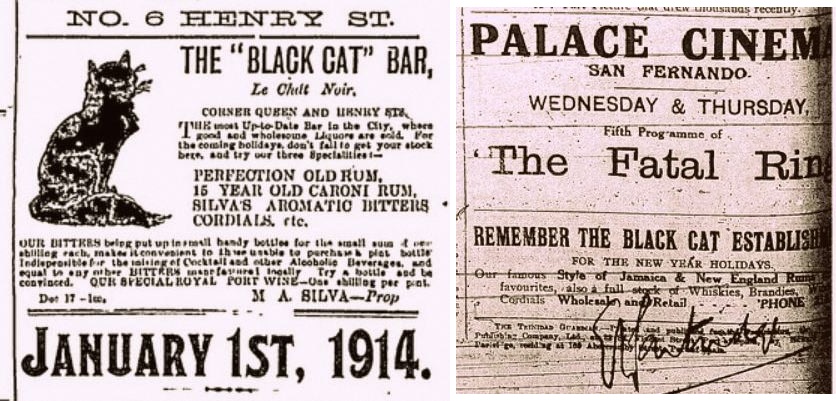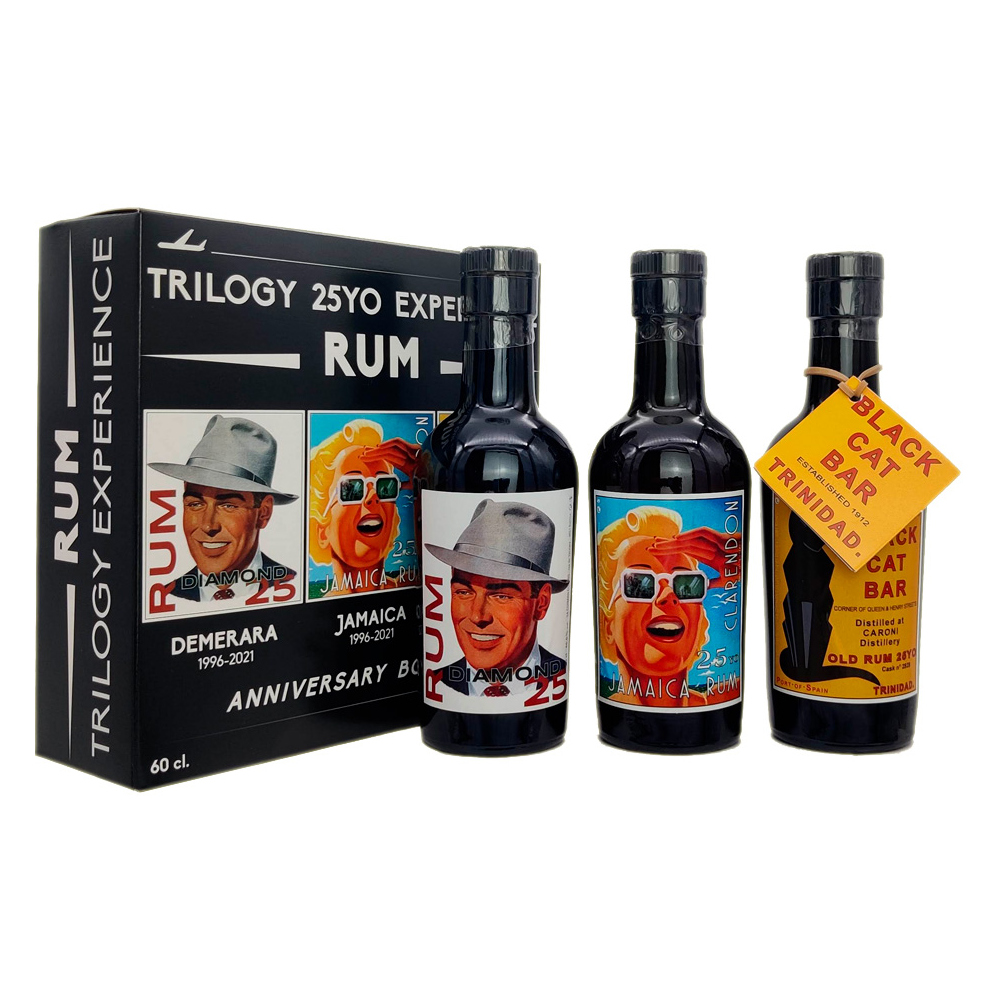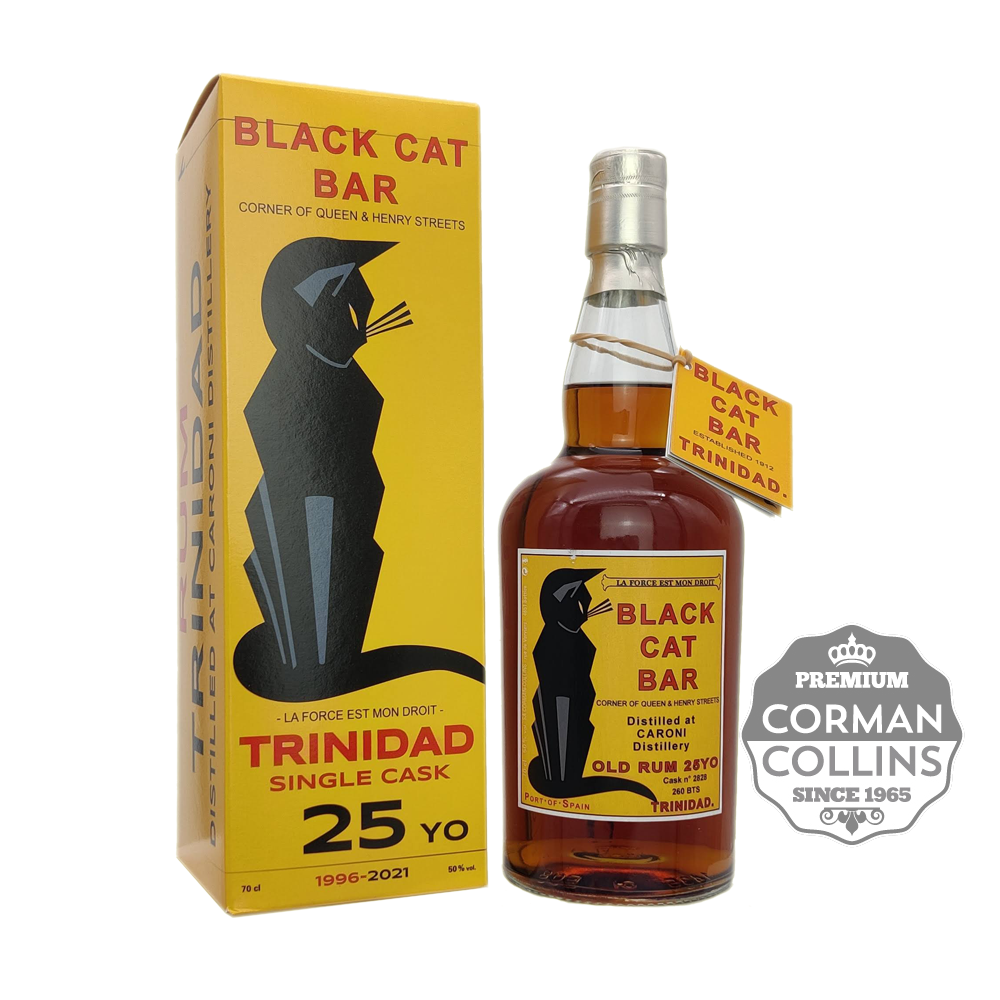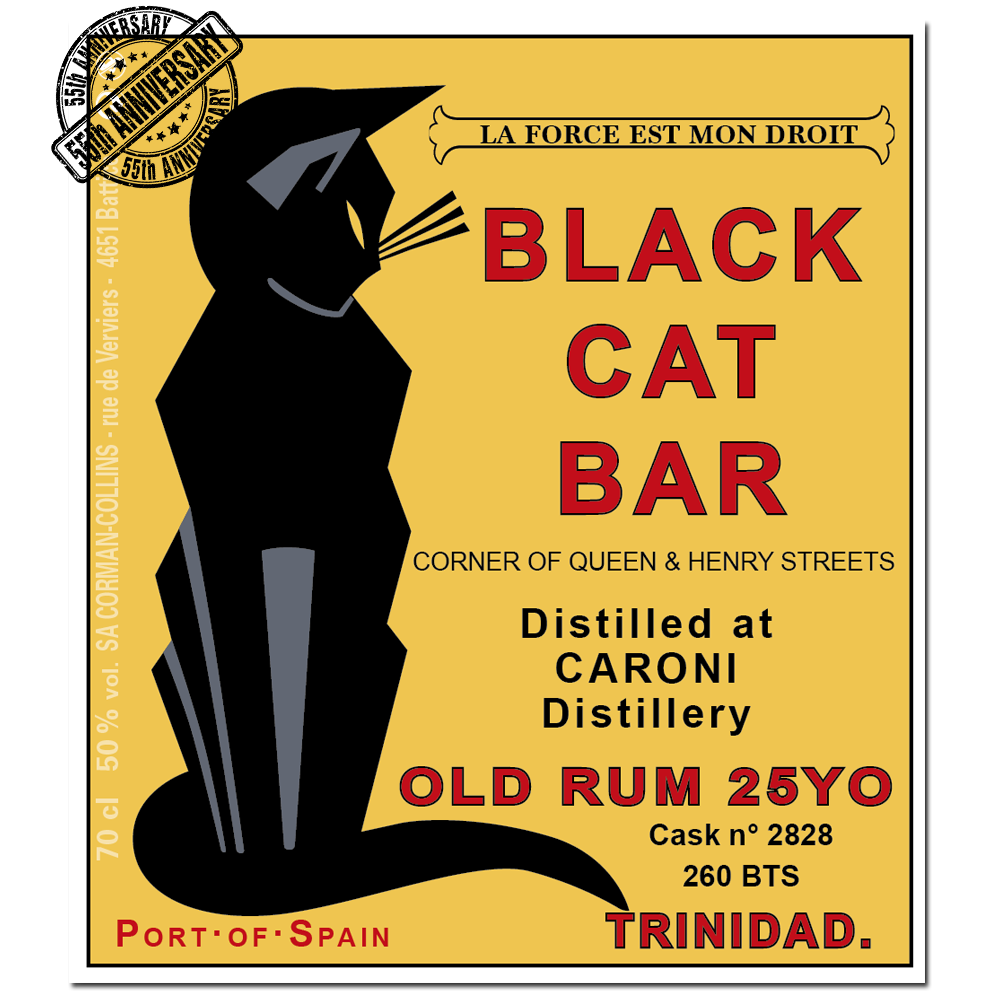The history of the Caroni Distillery is a popular topic of discussion within the rum enthusiast community. Many who have experienced long-aged, cask strength Caroni Rum are mesmerized by the complex notes of parking lot petrichor and they soon start asking questions; What makes this flavour profile so interesting? Why would a distillery capable of making such interesting rum close down?
Attempts at understanding the history of Caroni Rum reference several events, including the consolidation of smaller estates into a single sugar company, the nationalization of the company, and the eventual closure of that company. Discussion on this history often leads to 1918 as the year when Caroni began distilling rum. The website of Velier, the company now most associated with Caroni Rum, as well as the now defunct Caroni website all list this year as the point when the company began distilling rum.
An advertisement from the Trinidad Guardian from 1914 advertising Caroni Rum being sold at the Black Cat Bar challenges this date and establishes that Caroni Rum was being produced for several years before 1918. This advertisement lists “Perfection Old Rum”, 15 Year Old Caroni Rum”, and “Silva’s Aromatic Bitters”. Another advertisement for The Black Cat Establishment mentions “our famous style of Jamaica and New England Rums” as well as whisky, brandy and cordials.

The Black Cat Bar was operated by Manuel Augusto Silva, a Portuguese merchant and rum blender who operated at least three bars and produced his own brand of Aromatic Bitters. Just like Manoel Fernandes, who operated a nearby wine and spirit store, Silva was originally from Madeira and was an experienced blender.
Advertisements for the Black Cat Bar from this year list Caroni Rum alongside New England Rum, and Jamaican Rum. Accounts of Jamaican Rum from the nineteenth century indicate that rum from this island was more highly prized than similar rum from other Caribbean islands. New England Rum was at times seen as low quality, but reports of Medford Rum indicate that it was well regarded. Including Caroni Rum alongside these suggests that it may have been considered to be high quality rum during this era.
An important question is whether this Caroni Rum came from the distillery that would eventually produce Old Cask Rum and Velier 2000 or whether it might be from another distillery within the area once referred to as Caroni County. Most likely, it is the former. This is because the name Caroni has traditionally referred to a small area west of the Caroni Swamp, and just south of the Caroni River. Elsewhere in the former Caroni county and the current Caroni Central constituency, the term Caroni is not used as a place name except for election purposes.
Fernandes, who operated near to The Black Cat would go on blend and bottle Fernandes Black Label Rum, a brand still sold today. Silva on the other hand would retire and return to Madeira. The Black Cat would change hands, close down, and be largely forgotten.
In early 2021, the history of the Portuguese Rum Blenders in the Caribbean as well as the Black Cat Bar and the earliest reference to Caroni Rum would become more widely known. Later that year, Belgian spirits retailer Corman Collins would celebrate their 55th anniversary with three special rums all distilled in 1996, and each with an interesting label.

The Jamaican release would feature art from an old poster used to promote destinations in the United States like Atlantic City and Seal Beach. The Guyanese release would feature an image from a 1950s John B. Stetson advertisement. The Trinidadian release however, would actually reference the rum culture of the island and not just use a generic image that suggests tourism. This is done via a re-imagination of the advertisement for the Black Cat Bar from the Trinidad Guardian, even including the address “Corner of Queen and Henry Street”.




